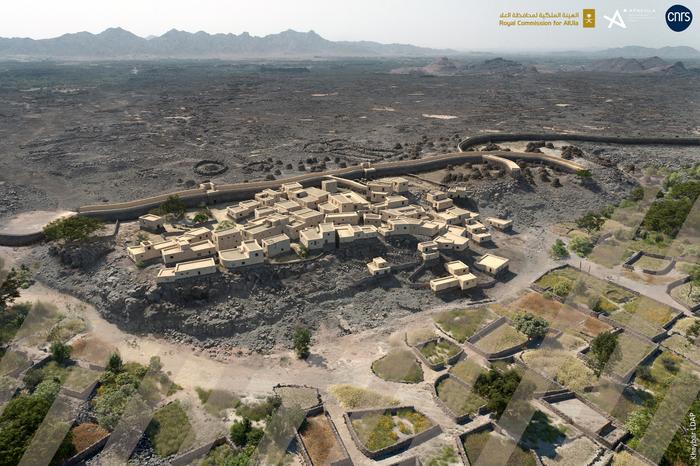
The ancient world’s march toward urbanization was uneven. While Mesopotamia was sprouting city-states along the Tigris and Euphrates rivers and building massive monuments like the Ziggurat of Ur (in what is now Iraq), development in Arabia appears to have been smaller, slower, and more modest, according to a report in PLOS ONE.
Urbanization to archeologists, isn’t just about the presence of massive monuments, though. Its signposts include temples and public buildings, signs of administration and writing, and the development of crafts, and professions beyond farming.
Understanding Ancient Arabia
Bronze-Age Arabia has been far less studied than parts of Mesopotamia and the Levant that existed during the same period. That’s beginning to change, though. Over the past decade or so, teams have explored sites at Tayma, Qurayyah, Dadan, and others.
“We now have a better picture of what happened in northwestern Arabia, even if it remains very partial and preliminary,” says Guillaume Charloux of the French National Center for Scientific Research in Paris, an author of the new study.
Read More: Humans Shaped Ancient History Across 3 Ages: The Stone, Bronze, and Iron Age
Signs Within a Bronze Age Settlement
That picture is becoming clearer thanks to a newly described Bronze Age settlement in Arabia, the town of al-Natah in Medinah province. The town, which covered about four acres, was more than a farming settlement, but not quite a city.
For instance, the team of archeologists found embryonic signs of trade. “Signs of circulation and exchange existed in this desert region, notably through the funerary avenues which linked the oases,” says Charloux. “But I think it may have developed mainly through agricultural production.”
A cluster of graves shows signs that people were buried according to class. The town probably housed about 500 people, the paper’s authors estimate.
Read More: 5 of the Most Unique and Luxurious Bronze Age Artifacts
Filling in the Ancient Gaps
The town — like several other similar sites in Northern Arabia — also showed signs of fortification. That indicates a degree of organization and working toward a common goal. But the need for protection remains speculative.
“Perhaps there was a social tension, a need for security and protection of the water supply in the oases,” Charloux says.
This latest discovery may spur more archeological activity in the area — and perhaps fill in in the blanks about how the people lived and worked there from around 2400 BCE to 1500 BCE.
“This exploration of Arabia is far from having revealed all its secrets, and fantastic discoveries are yet to come,” says Charloux.
Read More: Which Ancient City Is Considered the Oldest in the World?
Article Sources
Our writers at Discovermagazine.com use peer-reviewed studies and high-quality sources for our articles, and our editors review for scientific accuracy and editorial standards. Review the sources used below for this article:
Before joining Discover Magazine, Paul spent over 20 years as a science journalist, specializing in U.S. life science policy and global scientific career issues. He began his career in newspapers, but switched to scientific magazines. His work has appeared in publications including Science News, Science, Nature, and Scientific American.











